Once upon a time, a median house in Ballarat delivered around a five per cent gross rental yield. In fact, prior to 2010 rental yields even eclipsed this figure.
Ballarat has been a popular location for investors for many reasons but of late, it hasn’t been investors that are driving this market. Interestingly, gross rental yields have snuck backwards while this 100,000 person city has exhibited outstanding growth in the face of two consecutive, short-lived market downturns.
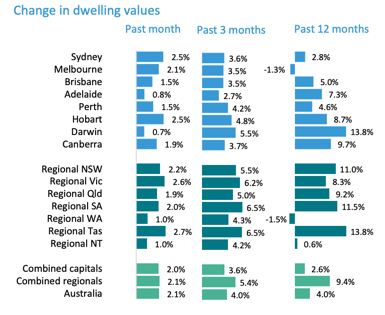
Ballarat is a provincial city within 90 minutes drive from Melbourne and it is home to a large hospital, a university, local manufacturers, and plenty of decentralised government services.
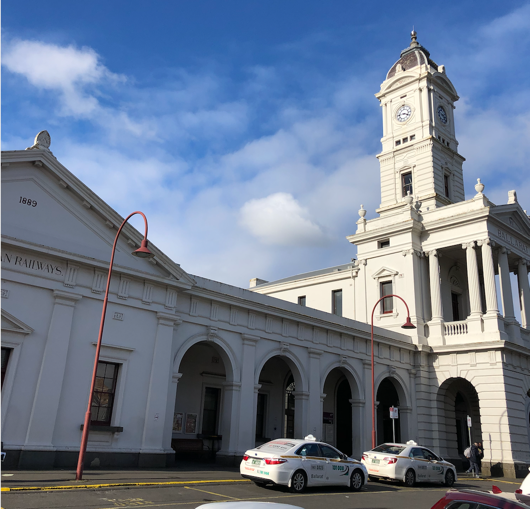
It has always been a city with a lot of contract workers. Lately it’s been a tree-change destination for a lot of folks who have decided since COVID-19 struck that they can manage the work from home and hybrid commuter lifestyle.
So why is a small city with less investor activity and more contract jobs exhibiting decreased rental yield?
It almost doesn’t make sense… until you talk to a local and find out what is happening at the coal face.

I recently caught up with long-term, local property manager, Katrina Weidemann to find out what could be driving Ballarat’s rental returns downwards. Obviously Ballarat’s pronounced capital growth rate is skewing rental returns, (as there is always a natural lag after rapid price movement), but there is another interesting factor. I asked Katrina if a glut of investors could be the culprit, because oversupply of rental properties in this bustling little city was my considered rationale. But indeed, I was incorrect. Katrina confirmed that investor activity is still very subdued following our prudential regulator’s efforts to dampen lending to this segment of the market. Her response surprised me.
“No, it’s local buyers and tree-changers. They are all opting out of the rental market and buying. It’s now cheaper to buy than to rent.”
So in other words, the tenant pool has decreased. And even short-term local workers, (such as hospital, university and Gov Hub employees) are voting with their feet and buying.
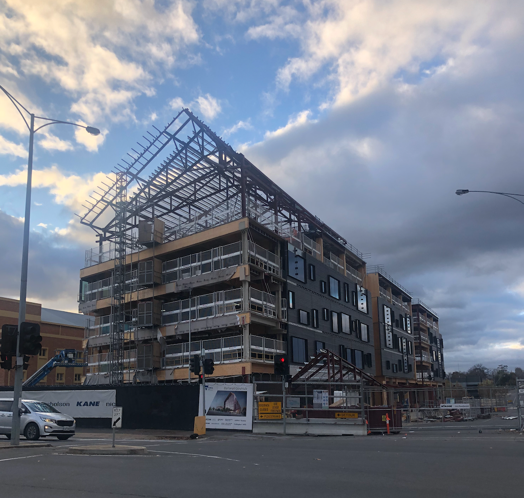
Considering the median price in Ballarat is sub-$450,000 and the fact that our state government is offering attractive incentives in the form of stamp duty discounts, concessions, and new build grants, it makes sense for locally employed contract workers to buy, as opposed to rent.
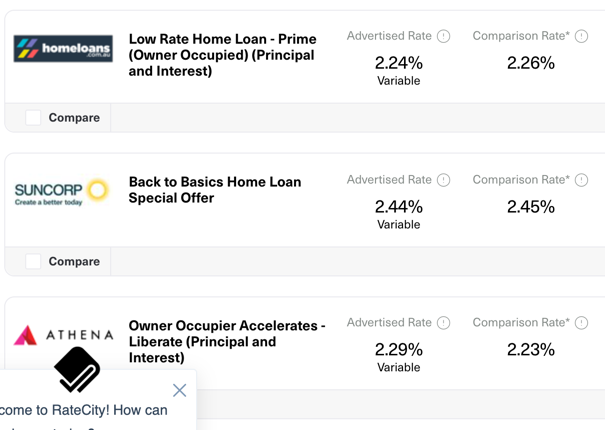
Interestingly, this is not just limited to Ballarat. We are seeing this trend in other regional cities and at our lower price point locations in our capital cities also.
Money is cheap. Renting is more expensive than mortgage repayments.
When we consider the cost of home ownership in this price-point, and conversely the higher-than-capital-city rental yields, it is clear that economically it makes a lot of sense for first home buyers to consider shunning the tenant life in a regional city like Ballarat.
The screen grab below shows a handful of loan products on offer; all with comparison rates below 2.5%pa. Considering Ballarat’s housing rental yields sit around the early 4’s, even when rates and insurances are factored in, it’s still comparatively cheaper to buy than rent.
And when the buyer considers the investment potential of their asset based on current performance, the purchase decision becomes even more compelling.
The question is: how elastic are rental growth yields in the regions now? While interest rates remain low and government stimuli remain on offer, we could see a further reduction in our region’s rental yields.
However, continued capital growth is looking up. While local demand is enhanced and job creation in our regions remains a state and federal government mandate, we can look forward to more growth in our regional, city commuter-centric regions.
Investing in a city with a sub-$500,000 budget and an attractive growth trajectory makes a lot of sense for those who don’t have high surplus cashflow at their fingertips.
And while rental yields have reduced, vacancy rates remain reasonably tight. It’s an interesting case study.
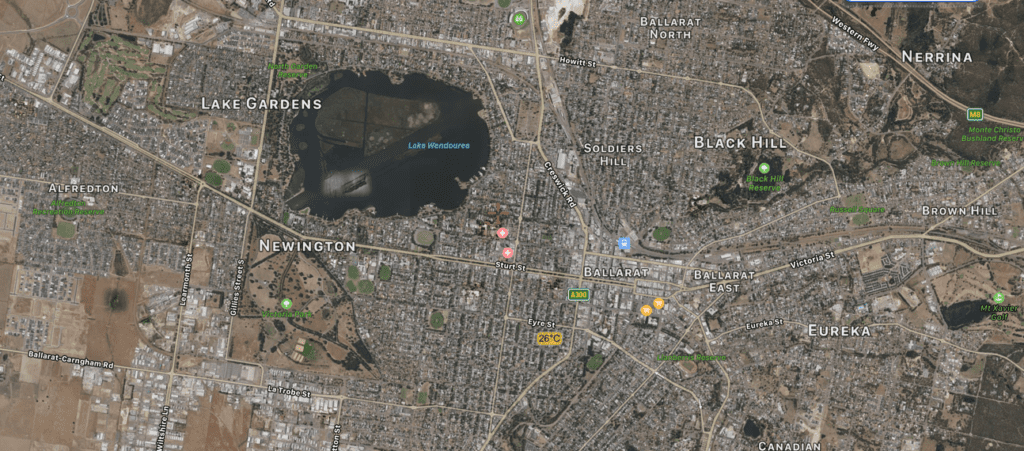
REGISTER TO OUR NEWSLETTER
INFORMATION
CONTACT US
1A/58 ANDERSON STREET,
YARRAVILLE VIC 3013
0422 638 362
03 7000 6026
CATE@CATEBAKOS.COM.AU
